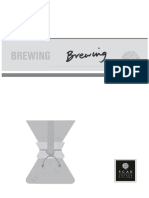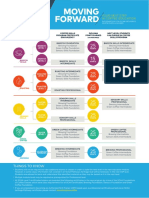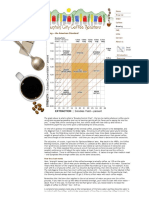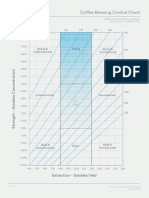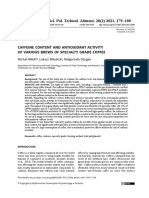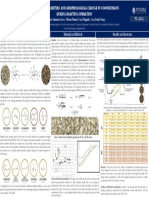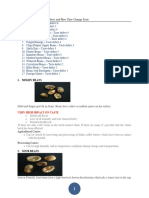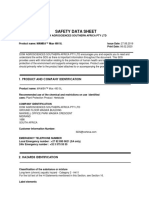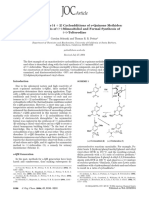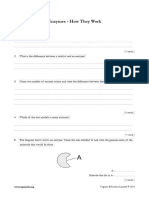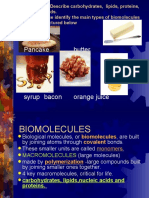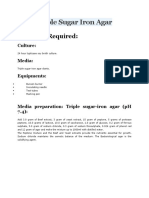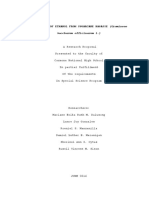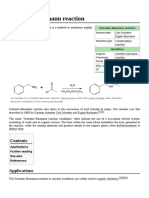0% found this document useful (0 votes)
1K views8 pagesQ Grader Reference Material
The document provides reference materials to help prepare for becoming a Q Grader by taking the Q exam. It outlines the topics and structure of the exam, which consists of general knowledge, cupping skills, sensory skills, olfactory skills, triangulation skills, organic acids identification, and coffee grading tests. The exams are challenging and require extensive studying, practicing, and trusting one's instincts. Tips are provided for each test to help students effectively prepare and perform well.
Uploaded by
Parth SuriCopyright
© © All Rights Reserved
We take content rights seriously. If you suspect this is your content, claim it here.
Available Formats
Download as PDF, TXT or read online on Scribd
0% found this document useful (0 votes)
1K views8 pagesQ Grader Reference Material
The document provides reference materials to help prepare for becoming a Q Grader by taking the Q exam. It outlines the topics and structure of the exam, which consists of general knowledge, cupping skills, sensory skills, olfactory skills, triangulation skills, organic acids identification, and coffee grading tests. The exams are challenging and require extensive studying, practicing, and trusting one's instincts. Tips are provided for each test to help students effectively prepare and perform well.
Uploaded by
Parth SuriCopyright
© © All Rights Reserved
We take content rights seriously. If you suspect this is your content, claim it here.
Available Formats
Download as PDF, TXT or read online on Scribd
/ 8







